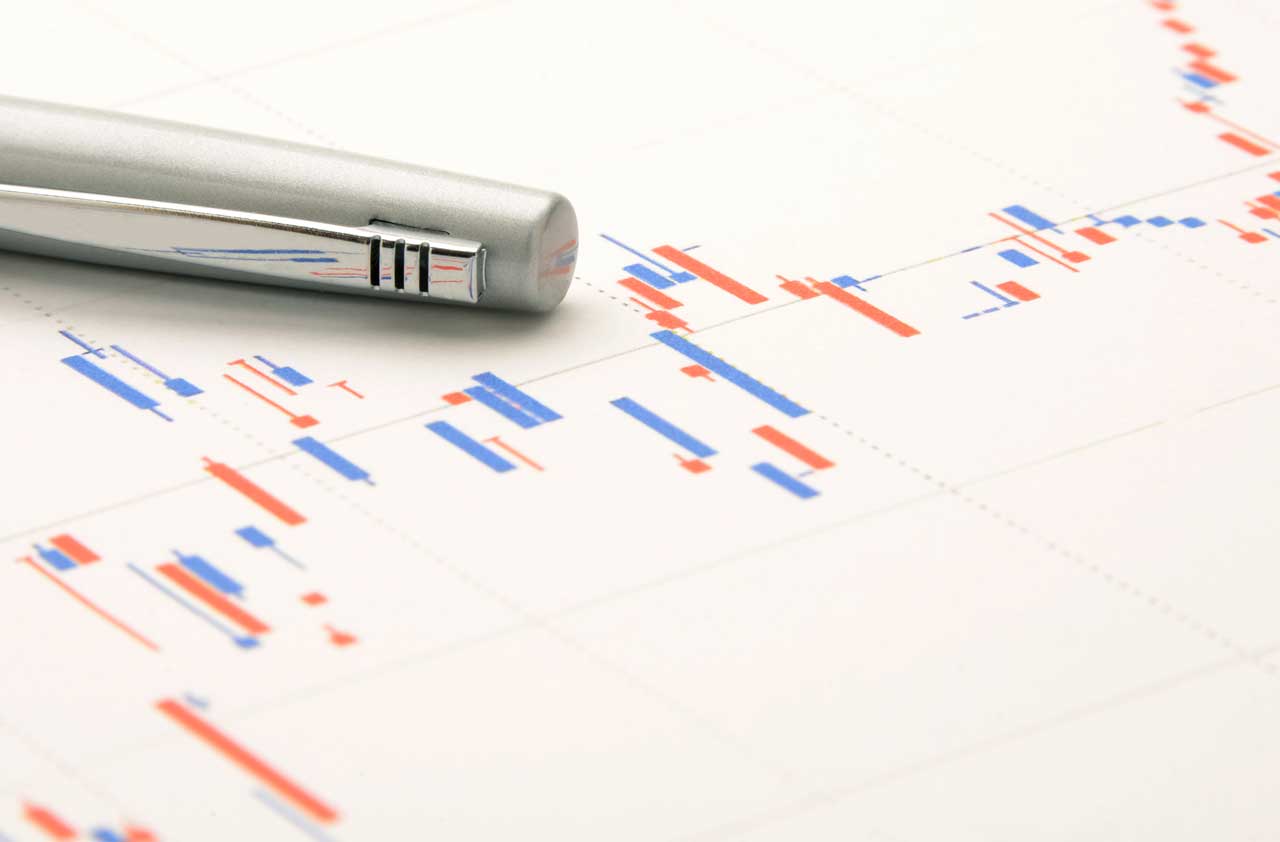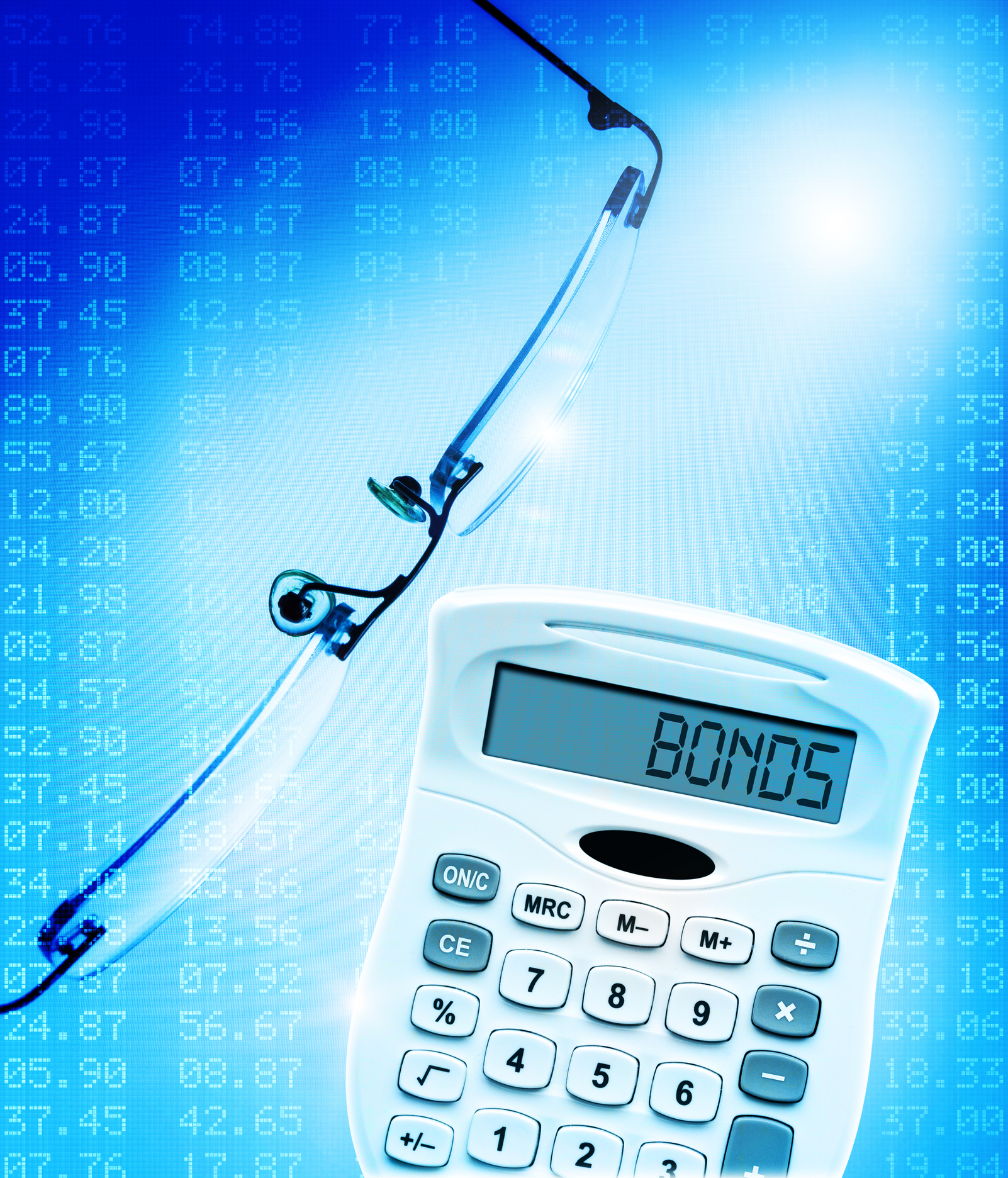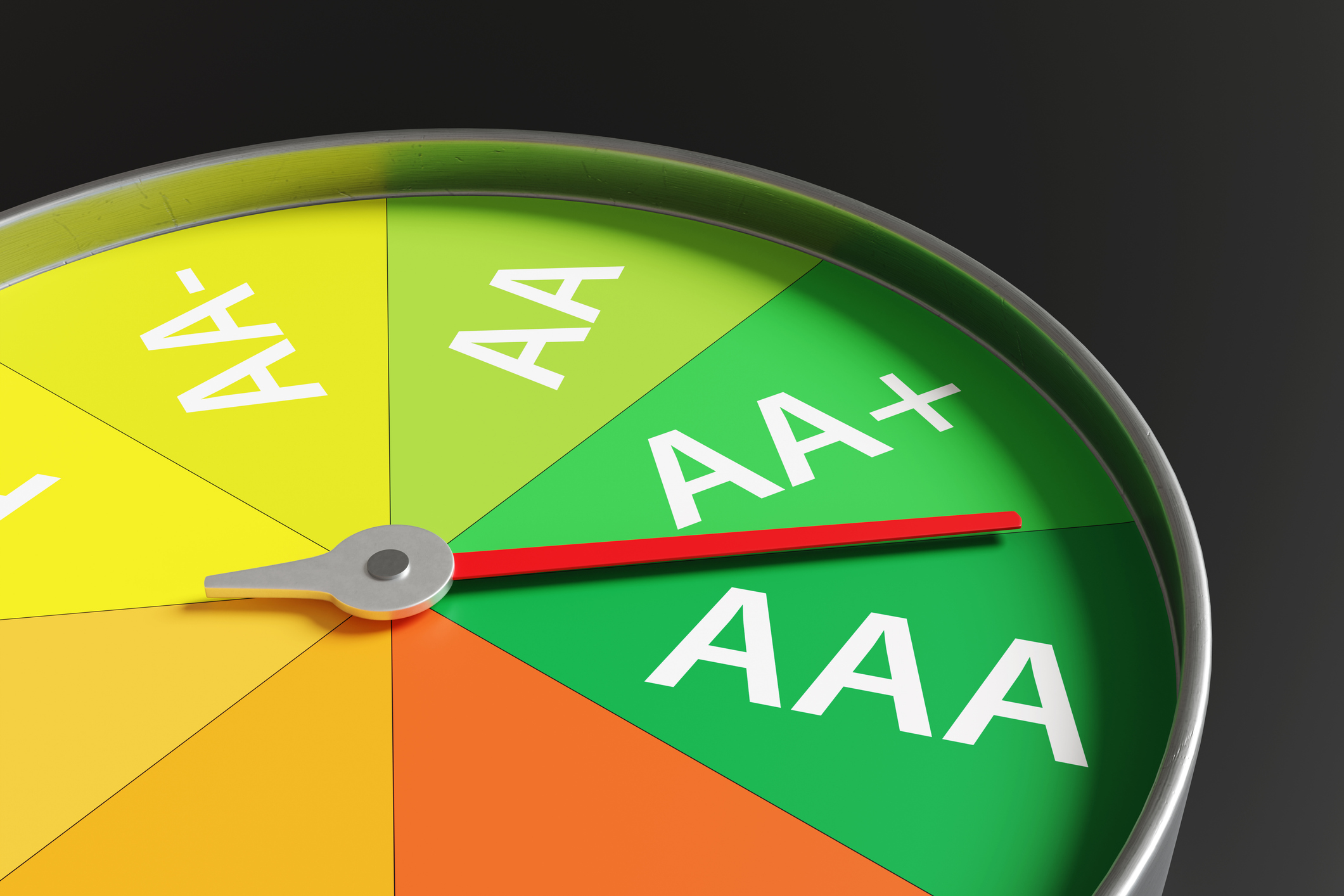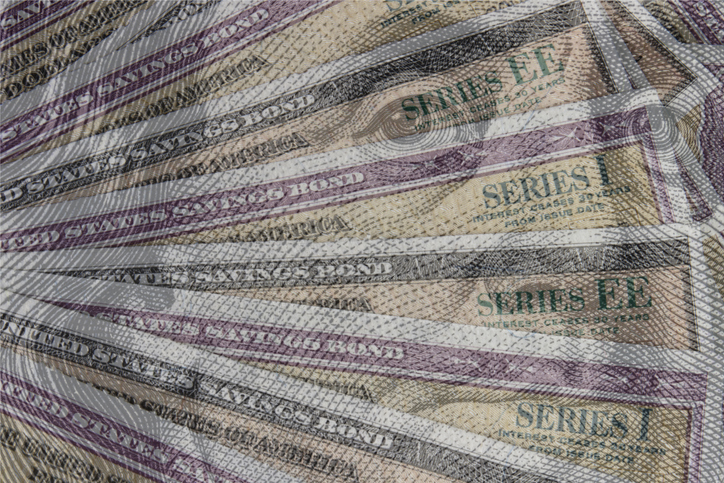6 Index Funds That Are Cheaper than Vanguard
Vanguard, long considered the king of low-cost indexing, has lost its throne—for the time being.


Vanguard, long considered the king of low-cost indexing, has lost its throne—for the time being. In what must be a vexing twist for the Malvern, Pa., fund firm, which has long trumpeted the importance of low fees, the crown for the lowest-cost index funds now belongs to Schwab.
But let’s keep things in perspective. In some cases, the Schwab index mutual funds and exchange-traded funds we’re talking about undercut their Vanguard counterparts by just 0.01 percentage point. In dollar terms, says John Woerth, a Vanguard spokesman, that amounts to $1 in savings on a $10,000 investment. In other words, not a whole lot. It boils down to “the diminishing value of de minimis differences in expense ratios,” he says. By assets, Vanguard, with $4 trillion under management, still rules. (Schwab has $2.5 trillion in assets under management.)
Schwab’s index mutual funds have another advantage: no investment minimum. The firm did away with the investment minimum requirement for many of its index mutual funds in March. The entry-level Investor share class of Vanguard funds, by contrast, requires an initial outlay of $3,000; the lower-cost Admiral share class at Vanguard calls for $10,000.
Here is a closer look at half a dozen Schwab funds and ETFs in five different categories. Each fund is less expensive than the comparable Vanguard offering, regardless of mutual fund share class.
Prices and data are through July 13. Click on ticker-symbol links in each slide for current prices and more.
All data for Vanguard funds refer to the Investor share class.

Schwab International Index Fund
- Symbol: SWISX
- Expense ratio: 0.06%
- One-year return: 19.2%
- Three-year return: 1.9%
- Five-year return: 9.1%
Vanguard fund it beats on cost: Vanguard Developed Markets Index Fund (VDVIX, expense ratio 0.17%)
This fund tracks a classic benchmark, the MSCI EAFE index, composed of foreign stocks in developed countries. The Europe, Australasia, Far East bogey includes large- and midsize-company stocks in 21 established nations. Japan, the United Kingdom and France are its biggest countries.
Quibblers might say Schwab’s international index fund isn’t completely comparable to Vanguard Developed Markets Index Fund. The Vanguard fund includes stocks of all sizes, and it includes Canada and South Korea—two countries the Schwab fund excludes. But the funds have similar risk and return profiles.

Schwab S&P 500 Index Fund
- Symbol: SWPPX
- Expense ratio: 0.03%
- One-year return: 16.0%
- Three-year return: 9.7%
- Five-year return: 14.8%
- Vanguard fund it beats on cost: Vanguard 500 Index Fund (VFINX, 0.14%)
The name says it all. This Schwab index fund tracks Standard & Poor’s 500-stock index by holding all of the securities in the benchmark. By assets, the Schwab fund is about one-fifth the size of its Vanguard counterpart, and it costs about one-fifth as much, too. The Schwab fund is cheaper, even, than the Vanguard ETF version of this fund (Vanguard S&P 500 ETF, symbol VOO), which costs 0.04% per year.
To give you an idea of how aggressively Schwab has been slashing its fees, consider that until a few months ago, Schwab’s S&P 500 fund charged 0.09% in annual expenses, and there was a 2% redemption fee for sales made within 30 days of purchase. Now, investors pay 0.03%, and there is no redemption charge.

Schwab Total Stock Market Index Fund
- Symbol: SWTSX
- Expense ratio: 0.03%
- One-year return: 16.4%
- Three-year return: 9.4%
- Five-year return: 14.7%
Vanguard fund it beats on cost: Vanguard Total Stock Market Index Fund (VTSMX, 0.15%)
The U.S. stock market includes nearly 4,000 stocks of companies of all sizes. But Schwab Total Stock Market Index only holds about two-thirds of them. It employs a so-called sampling strategy to track its index, the Dow Jones U.S. Total Stock Market index. Sampling allows Schwab to steer clear of the smallest companies, which are less in demand and thus more costly to buy.
This fund’s Vanguard doppelganger tracks a different index, the CRSP US Total Market, and holds all of the nearly 4,000 stocks.

Schwab U.S. Dividend Equity ETF
- Symbol: SCHD
- Expense ratio: 0.07%
- One-year return: 9.8%
- Three-year return: 8.6%
- Five-year return: 13.4%
Vanguard fund it beats on cost: Vanguard Dividend Appreciation ETF (VIG, 0.08%)
Schwab U.S. Dividend Equity tracks an index focused on U.S. companies that have paid dividends for at least 10 years in a row. But only the top 100 stocks that score well on factors such as cash flow in relation to debt or return on equity (a measure of profitability) make the cut. Pfizer (PFE), Johnson & Johnson (JNJ) and ExxonMobil (XOM) are among its biggest holdings. The fund yields 2.9%.
The expense ratio of this Schwab ETF bests its Vanguard ETF counterpart by just 0.01 percentage point. But it’s worth noting that the Schwab offering has a slightly better five-year annualized record, ahead by an average of 0.7 percentage point per year.

Schwab U.S. Small-Cap ETF
Symbol: SCHA
- Expense ratio: 0.05%
- One-year return: 16.8%
- Three-year return: 7.8%
- Five-year return: 14.3%
- Vanguard fund it beats on cost: Vanguard Small-Cap ETF (VB, 0.06%)The definition of small can vary in the investing world. With regard to Schwab U.S. Small-Cap ETF, the term refers to the bottom 15% by market value (share price times shares outstanding) of all U.S. stocks. That includes 1,750 companies, with market values that range from $25 million to $14 billion. Cosmetics company Coty (COTY) and WellCare Health Plans (WCG) are among its top holdings.
Investors who favor mutual funds over ETFs should consider Schwab Small-Cap Index Fund (SWSSX, 0.05%). Just be aware that it’s not a clone of the Schwab ETF. In fact, the mutual fund tracks a different small-company index, the Russell 2000. Among the fund’s top holdings is Advanced Micro Devices (AMD).
Profit and prosper with the best of Kiplinger's advice on investing, taxes, retirement, personal finance and much more. Delivered daily. Enter your email in the box and click Sign Me Up.

Nellie joined Kiplinger in August 2011 after a seven-year stint in Hong Kong. There, she worked for the Wall Street Journal Asia, where as lifestyle editor, she launched and edited Scene Asia, an online guide to food, wine, entertainment and the arts in Asia. Prior to that, she was an editor at Weekend Journal, the Friday lifestyle section of the Wall Street Journal Asia. Kiplinger isn't Nellie's first foray into personal finance: She has also worked at SmartMoney (rising from fact-checker to senior writer), and she was a senior editor at Money.
-
 Premium Rewards Cards: More Perks, Higher Fees
Premium Rewards Cards: More Perks, Higher FeesSome issuers are hiking the annual fee on their flagship luxury credit cards by hundreds of dollars. Are they still worth using?
-
 3 Trips to Escape the Winter Doldrums, Including An Epic Cruise
3 Trips to Escape the Winter Doldrums, Including An Epic CruiseThree winter vacation ideas to suit different types of travelers.
-
 The Retirement Income Trinity: Cash Flow, Longevity and Tax
The Retirement Income Trinity: Cash Flow, Longevity and TaxRetirement income planning is essential for your peace of mind — it can help you maintain your lifestyle and ease your worries that you'll run out of money.
-
 The Most Tax-Friendly States for Investing in 2025 (Hint: There Are Two)
The Most Tax-Friendly States for Investing in 2025 (Hint: There Are Two)State Taxes Living in one of these places could lower your 2025 investment taxes — especially if you invest in real estate.
-
 The 24 Cheapest Places To Retire in the US
The 24 Cheapest Places To Retire in the USWhen you're trying to balance a fixed income with an enjoyable retirement, the cost of living is a crucial factor to consider. Is your city the best?
-
 Bond Basics: Zero-Coupon Bonds
Bond Basics: Zero-Coupon Bondsinvesting These investments are attractive only to a select few. Find out if they're right for you.
-
 Bond Basics: How to Reduce the Risks
Bond Basics: How to Reduce the Risksinvesting Bonds have risks you won't find in other types of investments. Find out how to spot risky bonds and how to avoid them.
-
 What's the Difference Between a Bond's Price and Value?
What's the Difference Between a Bond's Price and Value?bonds Bonds are complex. Learning about how to trade them is as important as why to trade them.
-
 Bond Basics: U.S. Agency Bonds
Bond Basics: U.S. Agency Bondsinvesting These investments are close enough to government bonds in terms of safety, but make sure you're aware of the risks.
-
 Bond Ratings and What They Mean
Bond Ratings and What They Meaninvesting Bond ratings measure the creditworthiness of your bond issuer. Understanding bond ratings can help you limit your risk and maximize your yield.
-
 Bond Basics: U.S. Savings Bonds
Bond Basics: U.S. Savings Bondsinvesting U.S. savings bonds are a tax-advantaged way to save for higher education.
